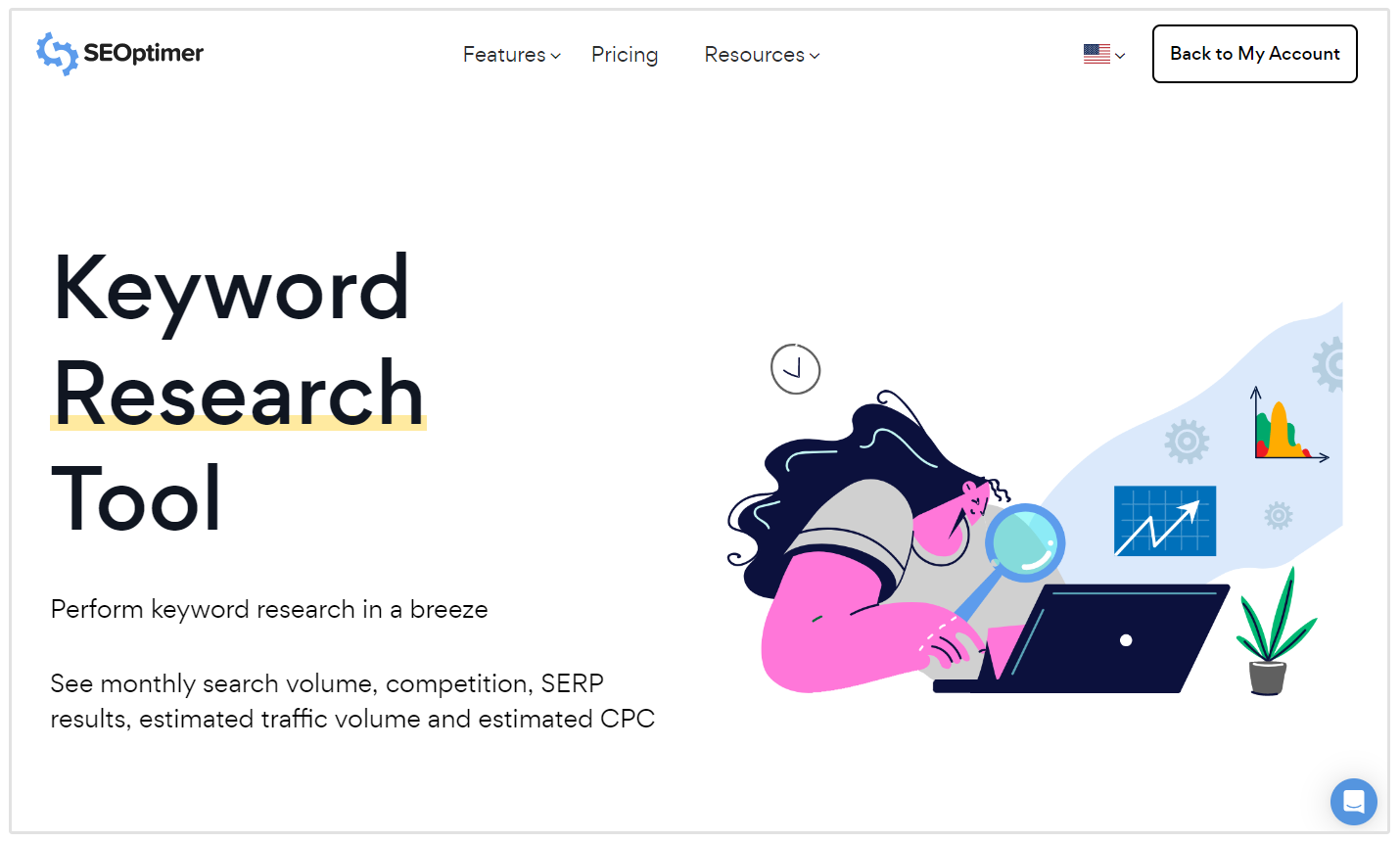Maximizing Your Information Analysis With Secondary Measurement in Google Analytics for Informed Decision-Making
Google Analytics, an effective tool in the hands of electronic marketing professionals and analysts, offers a feature understood as Second Measurement. By touching into the capabilities of Additional Measurement, individuals can gain a more detailed view of their data, enabling them to make tactical choices based on an extra nuanced and comprehensive analysis.
Understanding Secondary Measurement Functionality
Comprehending the additional dimension functionality in Google Analytics improves the depth of information evaluation by supplying added context to key metrics. By integrating a second measurement, experts can segment and contrast information, acquiring understandings that would certainly or else remain hidden. This attribute allows users to check out information via various lenses, such as the source of web traffic, customer actions, or geographical place, supplying a more extensive understanding of website performance.
When looking only at key metrics,Utilizing second dimensions can expose patterns and connections that might not be obvious. As an example, combining the key metric of web page sights with a second measurement like device category can reveal whether specific tools drive more traffic to specific pages. This info can then educate website optimization methods customized to different device individuals.
Implementing Additional Measurement in Records
Building upon the understandings acquired with additional dimension evaluation, integrating these dimensions effectively into reports in Google Analytics is crucial for extracting workable data-driven decisions. what is a secondary dimension in google analytics. By executing second measurements in reports, customers can dive deeper into the efficiency metrics of their website or app. This attribute permits for a much more thorough evaluation by offering additional context to the primary dimension picked
To execute a second dimension in reports, just browse to the desired report in Google Analytics and click the "Second measurement" tab situated over the data table. From there, users can pick from a wide variety of secondary measurements such as 'Source/Medium', 'Gadget Classification', or 'Touchdown Web page'. Selecting one of the most pertinent secondary dimension will certainly depend on the details understandings you are looking for to discover.
Utilizing additional dimensions in reports not just enhances the deepness of analysis however also help in identifying patterns, patterns, and correlations that might have otherwise gone unnoticed. This critical technique to information analysis allows services to make informed decisions that drive development and success.

Studying Data With Additional Dimensions
Upon incorporating second dimensions right into information evaluation within Google Analytics, a detailed examination of essential performance indications can be accomplished, using important understandings for calculated decision-making. By making use of second measurements, experts can better dissect their primary data measurements, such as website traffic resources or customer demographics, to uncover patterns or patterns that may not be immediately noticeable. This deeper degree of analysis permits for an extra comprehensive understanding of user actions and communications on a site or electronic system.
Analyzing information with second measurements makes it possible for marketing experts and site proprietors to answer even more certain questions concerning their audience, content efficiency, and advertising and marketing efforts. As an example, by combining the primary measurement of web traffic resources with a secondary dimension like geographical area, businesses can recognize which areas drive the most useful website traffic to their site. This kind of granular why not find out more understanding can notify marketing methods, content development, and internet site optimization efforts to much better cater to the requirements and choices of their target audience.
Leveraging Additional Measurements for Insights
By incorporating second dimensions efficiently, experts can extract deeper understandings from information sets in Google Analytics, improving the understanding of customer habits and efficiency metrics. Leveraging second dimensions includes incorporating different qualities or metrics with key data to discover patterns and fads that may not be evident at initial glimpse. As an example, by adding an additional dimension such as 'Gadget Group' to click this site a report on internet site web traffic, experts can discern whether user actions differs throughout various tools like desktop computers, smart phones, or tablet computers.
In addition, making use of second measurements allows experts to segment data extra granularly, enabling them to recognize details audience sectors or geographic areas that show distinctive actions. what is a secondary dimension in google analytics. This division can be critical in tailoring advertising methods, enhancing site content, or improving customer experience based upon the special attributes of each section
Basically, leveraging second measurements in Google Analytics equips analysts to dive much deeper into information, acquire significant insights, and make informed choices that drive organization growth and success.
Enhancing Decision-Making Through Second Dimensions
Utilizing second measurements in data evaluation supplies a tactical advantage by revealing workable understandings that drive educated decision-making in Google Analytics. By improving decision-making through second dimensions, users can dig deeper right into their data to remove useful information that might not be promptly apparent. These added dimensions supply a more thorough view of customer habits, communications, and results, making it possible for experts to make even more educated choices based on concrete information.
Through the use of secondary dimensions, experts can segment and filter information to identify patterns, patterns, and correlations that may affect decision-making processes. This improved level of granularity enables a more targeted strategy to evaluating information, resulting in even more exact and insightful conclusions.
Furthermore, second measurements offer the chance to contrast different data factors alongside, helping with a much more extensive analysis of performance metrics and KPIs. By leveraging additional measurements properly, businesses can enhance their approaches, boost user experiences, and ultimately accomplish their goals with self-confidence.
Verdict

Structure upon the insights acquired via second dimension analysis, including these dimensions efficiently right into reports in Google Analytics is vital for extracting actionable data-driven choices.To implement an additional measurement in records, merely browse to the desired report in Google Analytics and click on the "Additional measurement" tab situated above the information table. By utilizing secondary dimensions, analysts can even more explore their key information measurements, such as website traffic resources or user demographics, to uncover patterns or trends that may not be right away evident. By incorporating the key measurement of website traffic resources with a second measurement like geographical area, organizations can recognize which areas drive the most beneficial website traffic to their website.By including additional dimensions efficiently, analysts can extract deeper insights from information collections in Google Analytics, improving the understanding of individual habits and performance metrics.